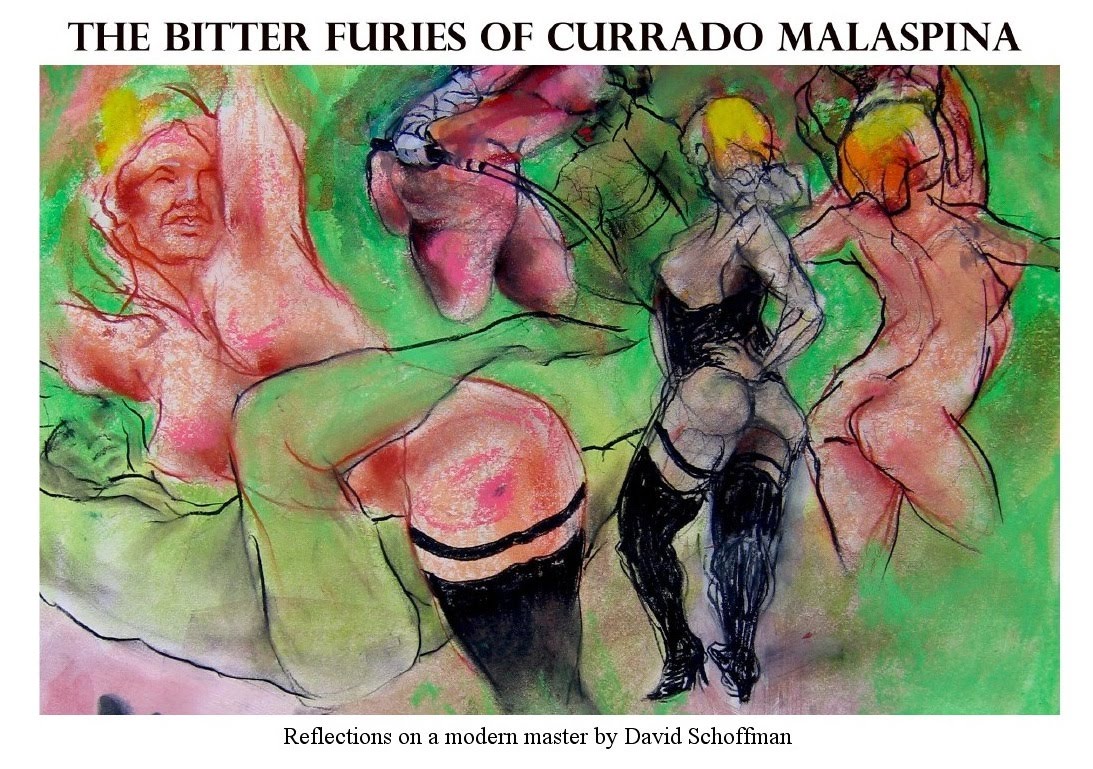
Foundation Domy Morgane, The Zurich based organization founded by the Swiss collector Pierre Hertzberg, has recently announced the publication of Lautréamont, a folio of prints by my dear friend Currado Malaspina. Dizzying in its range, the works are subtle reflections on the encyclopedic reservoir of erotic French literature.
In the United States, Malaspina has seen armaments of prudential cultural gatekeepers raining blows upon his reputation. In the eyes of one American academic, Malaspina is "... a sinking barge of ossified European libertinism." This new publication is being viewed in France as a gallant slap at the shrieking mice of political correctness.
I salute you Monsieur Hertzberg!
In the United States, Malaspina has seen armaments of prudential cultural gatekeepers raining blows upon his reputation. In the eyes of one American academic, Malaspina is "... a sinking barge of ossified European libertinism." This new publication is being viewed in France as a gallant slap at the shrieking mice of political correctness.
I salute you Monsieur Hertzberg!
























